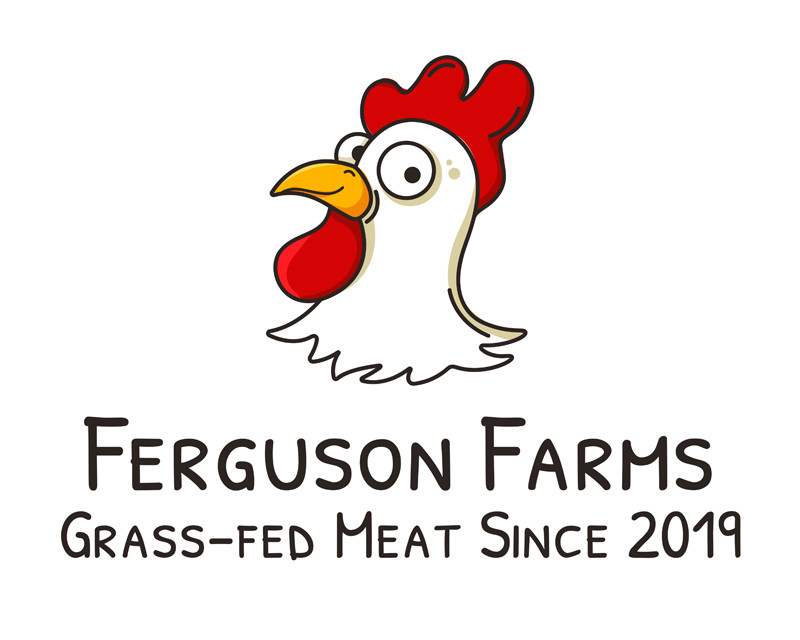Why the Ribs on Your Grill This Summer Should Be Beef, Not Pork
posted on
April 6, 2023
Summer means dreaming of backyard barbecues and grilled dinners with family and friends. For many, those dreams include ribs. There is just something so summer about eating barbecued ribs with your hands—getting messy and enjoying that visceral joy of pulling succulent meat off a bone with your teeth. I am here to tell you that this just might be the summer to embrace beef ribs in all their formats and glory.
Why beef ribs are excellent on the grill
Beef ribs are always a fun surprise at a dinner: People never expect them, and they really celebrate the smoke and char of the grill. You can plan your menu a bit easier since most beef ribs come in a one-per-adult/one-per-two-kids size, so no more guesstimating if your guests are likely to eat a half-slab or more per person. There are three types of beef ribs to buy—beef back ribs, short ribs, and flanken-style short ribs. Here's how to figure out what works best for you.
When you want a good messy dinner: Beef Back Ribs
Essentially the same cut as baby back ribs—just a lot bigger—these meaty beauties are the ribs Fred Flintstone dreams of. They benefit from a similar grilling/BBQ process as their pork counterparts: a good seasoning rub and then a low and slow hangout on your grill, finished over high heat with or without sauce to get them crispy and charred. If you want your beef on the bone, this is the one to buy.
When you want to eat with a knife and fork: Short Ribs
Usually from the chuck, these strips of meat are great for serving your guests when you want more of a fork and knife experience, and no need for a bib or wet wipes! While you might think that these are only for braising, their deep rich flavor, and marbling actually make them wonderful on your grill. You can, of course, go the smoking route, but we love a shorter cook for a whole new taste sensation.
When you want them fast and easy: Flanken-Style Short Ribs
One of the best ways to serve beef ribs is to choose this unusual cut. The ribs are sliced across the bones, creating thinner steaks studded with ovals of bone. They marinate beautifully and easily and are quick to cook on the grill. While Eastern European cooks use them as seasoning meat in braised dishes, they are often seen in Korean recipes cooked quickly on the grill. We love to make a batch of them for appetizers or go all in and grill up a pile for an entrée. Since they usually only need about 2 minutes per side, they are the perfect choice when you want your meal fast and easy, but with that little extra special something. Marinate in whatever you love.




